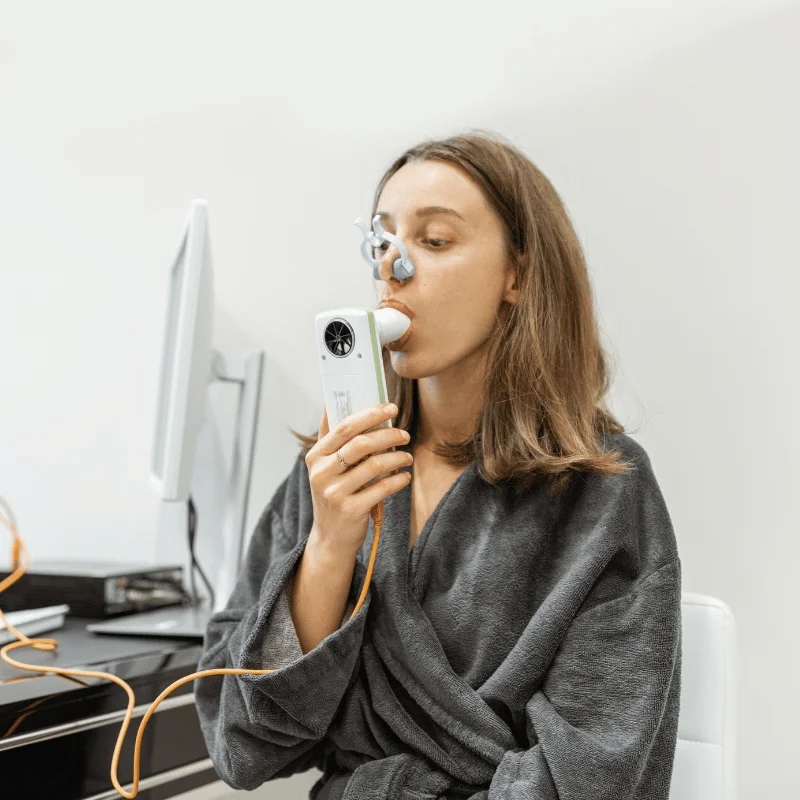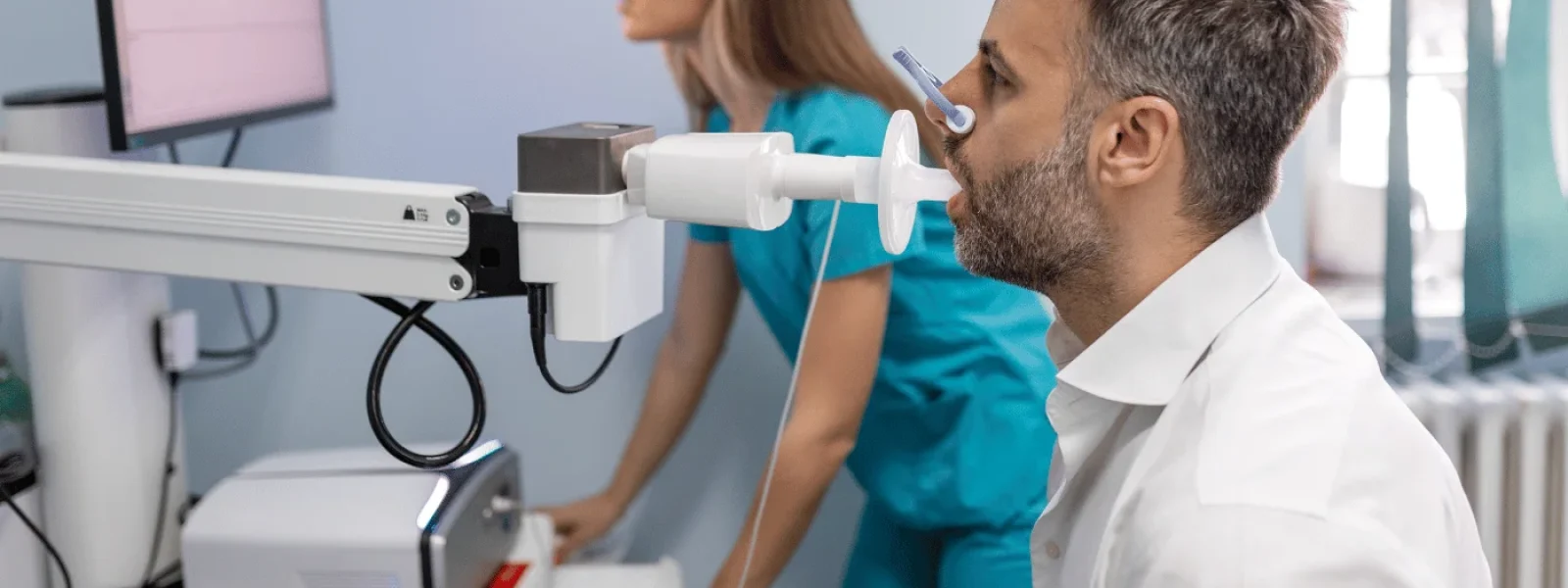A Spirometry Assessment measures the degree of airflow obstruction. This assessment is often used to evaluate conditions such as asthma, chronic obstructive pulmonary disease (COPD), and various other lung diseases.

Spirometry is a simple, non-invasive test that measures how much and how quickly you can move air out of your lungs. It is the most common type of lung function test and provides key data on respiratory health.
A Spirometry Assessment measures the air capacity of the lungs, providing valuable data on an individual’s breathing capacity. This information is vital in industries where respiratory hazards are present.
The test involves breathing into a mouthpiece attached to a spirometer, which records the amount and the rate of air that you breathe in and out over a period of time.

In the realm of occupational health, spirometry assessments play a crucial role. They are a key tool in monitoring and maintaining respiratory health in the workplace, particularly in industries where workers are exposed to respiratory hazards such as dust, chemicals, and other airborne substances.
Regular spirometry testing in the workplace offers numerous benefits. It is a proactive approach to maintaining respiratory health among employees. Here are some key benefits:

Spirometry results provide valuable insights into an employee’s respiratory health. They measure how much air a person can inhale and exhale, and how quickly they can do so.
A spirometry assessment in the workplace is a straightforward process typically conducted by a trained health professional or a certified occupational health nurse.
Certain industries pose higher risks to respiratory health, making regular spirometry assessments crucial:
Spirometry assessments in the workplace must adhere to legal and ethical guidelines. Employers must respect employees’ privacy and confidentiality of their health data.

Implementing spirometry assessments in the workplace can present challenges such as logistical issues, cost considerations, and employee resistance. To overcome these challenges:

Don’t wait. Ensure your respiratory health and peace of mind with our comprehensive assessments. Book with TruHealth today and take the first step towards better health. For more information or to schedule your session, contact us at 1300 062 975.



I would like to make a booking to attend in person at the clinic.

I would like to make a booking as a private patient on my own behalf.
I would like to make a booking on my company/employer's behalf.